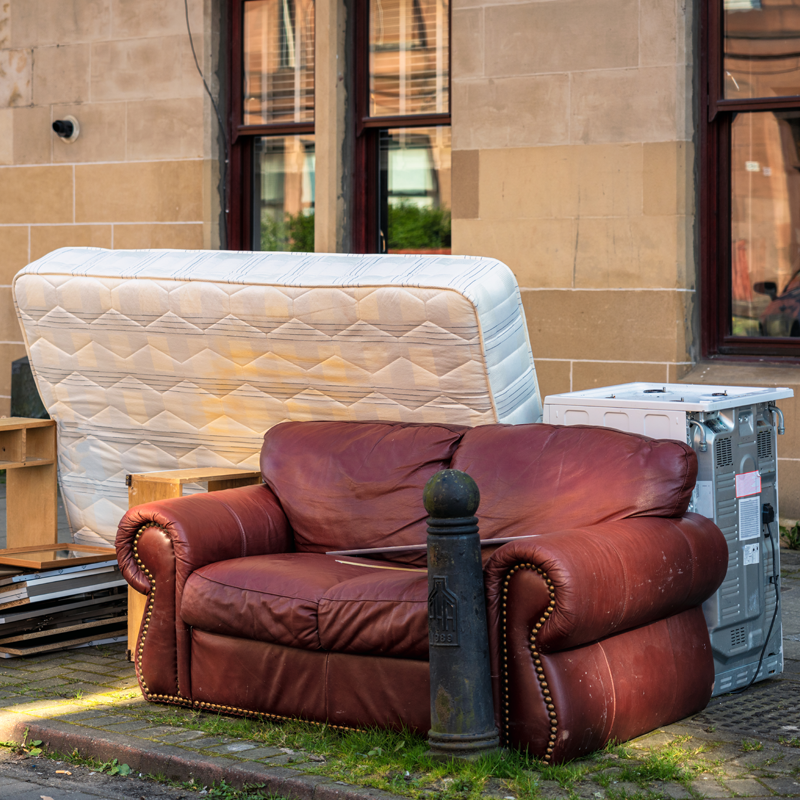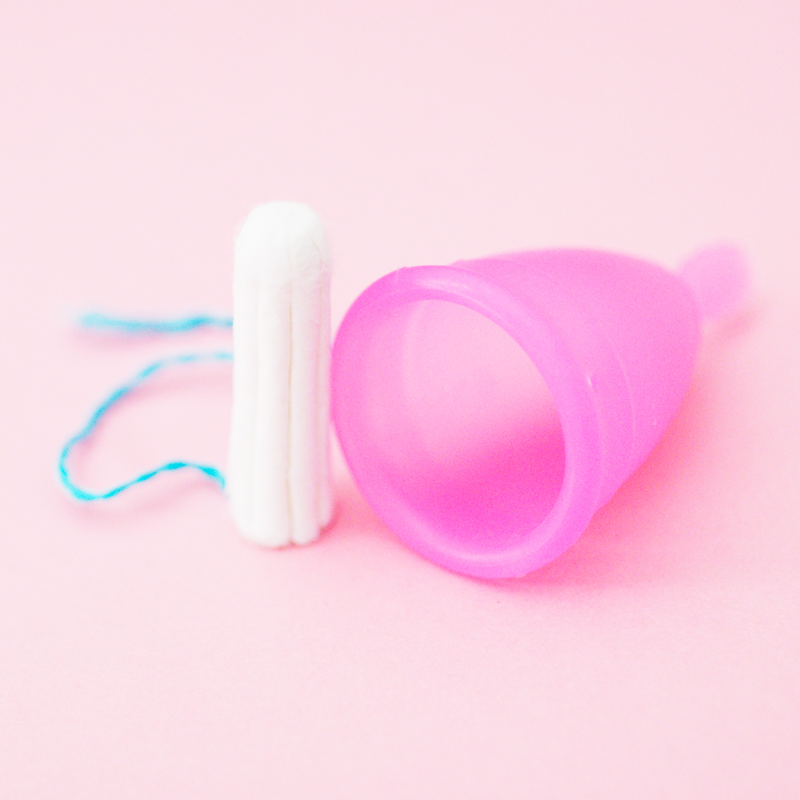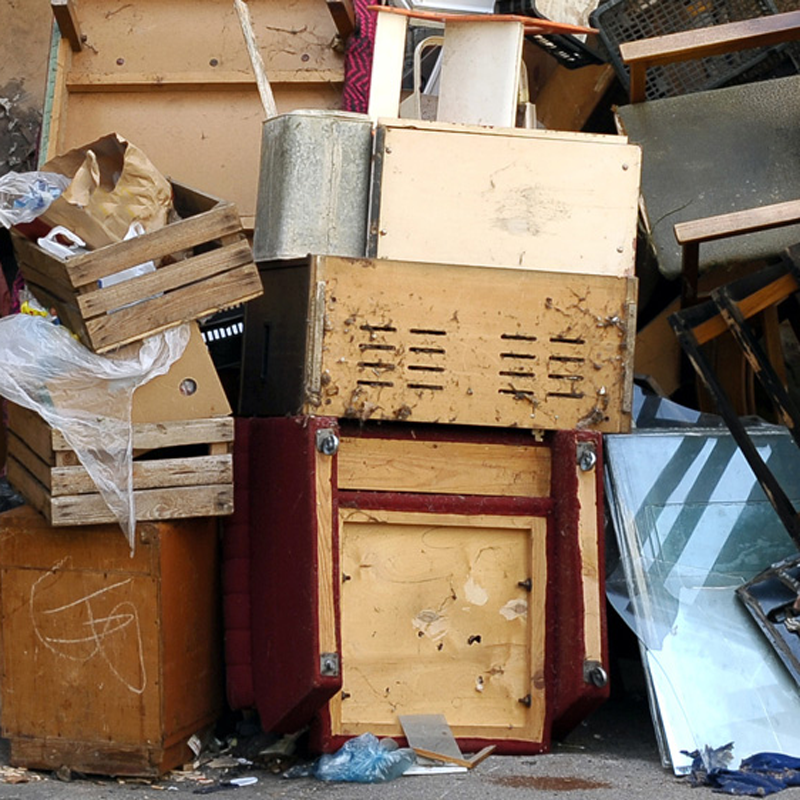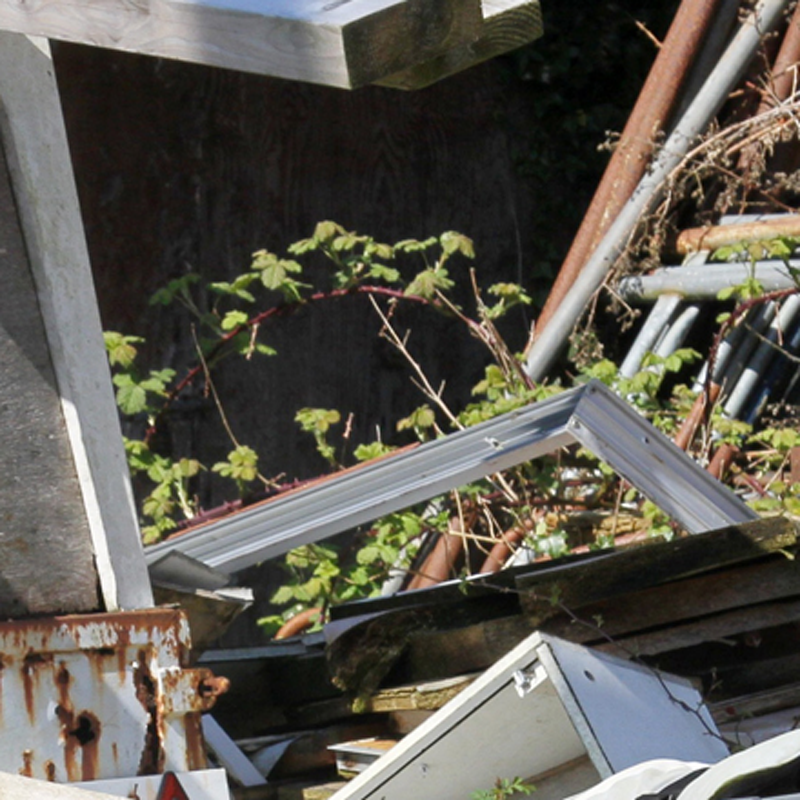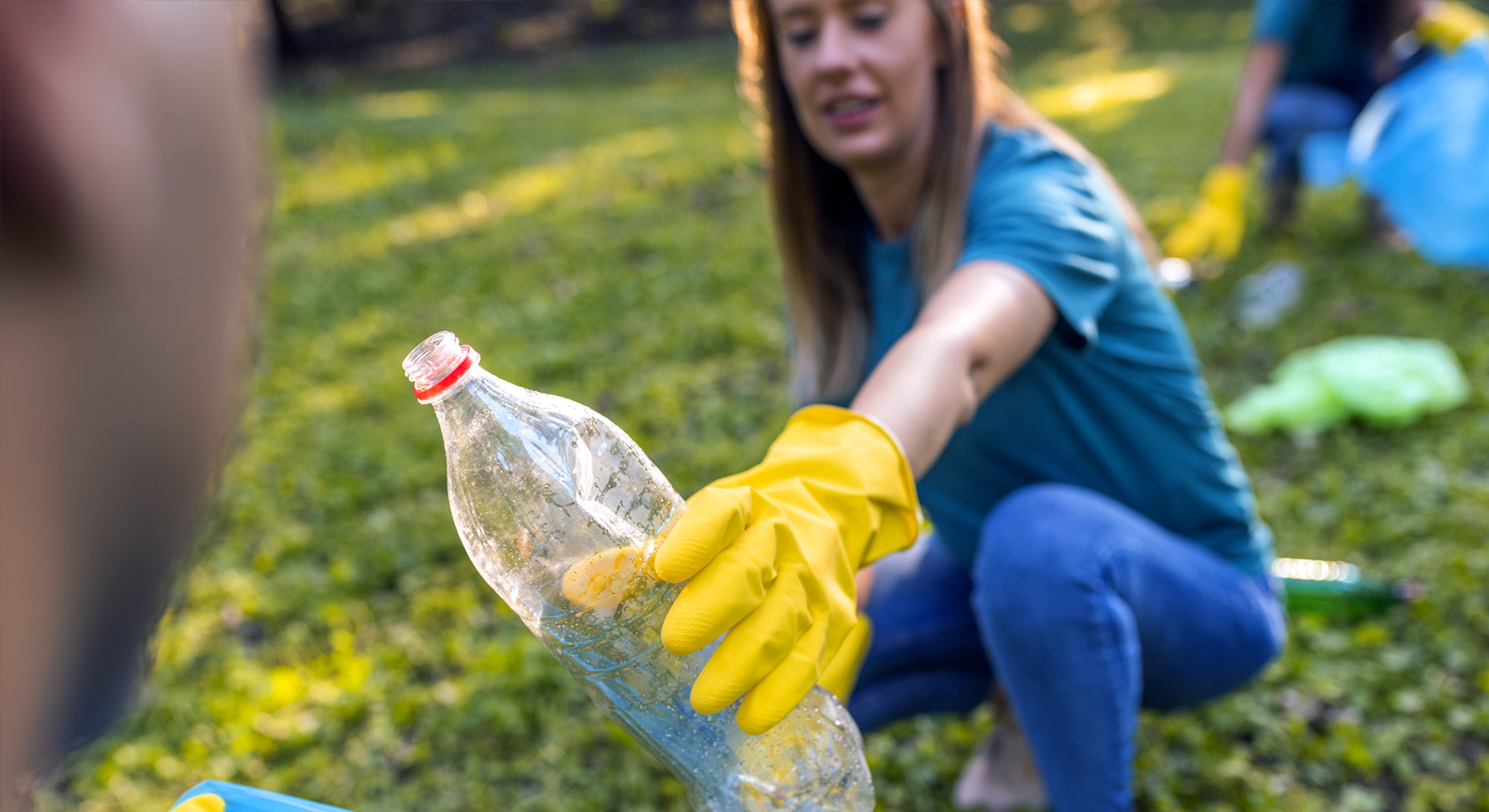
Exploring the indirect costs of litter in Scotland
As part of a wider research programme into the issue of littering in Scotland, we commissioned independent research to explore the indirect costs of litter in Scotland.
Indirect costs are those over and above the direct costs to local authorities and other duty bodies of cleaning up litter and fly-tipping (for example, the provision of street cleansing services, rapid responses teams and litter bins).
They include ‘internalised’ costs, such as those incurred dealing with injuries to the public caused by litter, or the associated impacts on house prices, mental health and crime. These costs must be met but may not have been attributed to litter as part of its wider impacts. Indirect costs also include ‘externalities’. That's the less tangible costs such as the ‘welfare loss’ associated with the visual disamenity of a park strewn with litter.
The research involved the following:
- Identification of key potential impacts;
- A literature review to identify evidence in respect of key potential impacts;
- An indication of the relative scale of impacts in Scotland; and
- Identification of priorities for future work
It found that internalised costs relate mostly to:
- Property values (As an illustration, if 1% of Scotland’s housing stock were devalued by 2.7% due to litter this would equate to £100 million loss)
- Mental health (Approximately £53 million);
- Crime (Up to £22.5 million);
- Road Traffic Accidents (Approximately £1 million);
- Wildfires (Approximately £1 million);
- Punctures (Approximately £1 million); and
- Rats (Approximately £1 million).
With the exception of the impacts in respect of property values, mental health and crime, these internalised costs are considerably lower than the estimates of the key external costs, which are as follows:
- Local disamenity (£73-770 million); and
- Beach litter disamenity (£50 -100 million).


